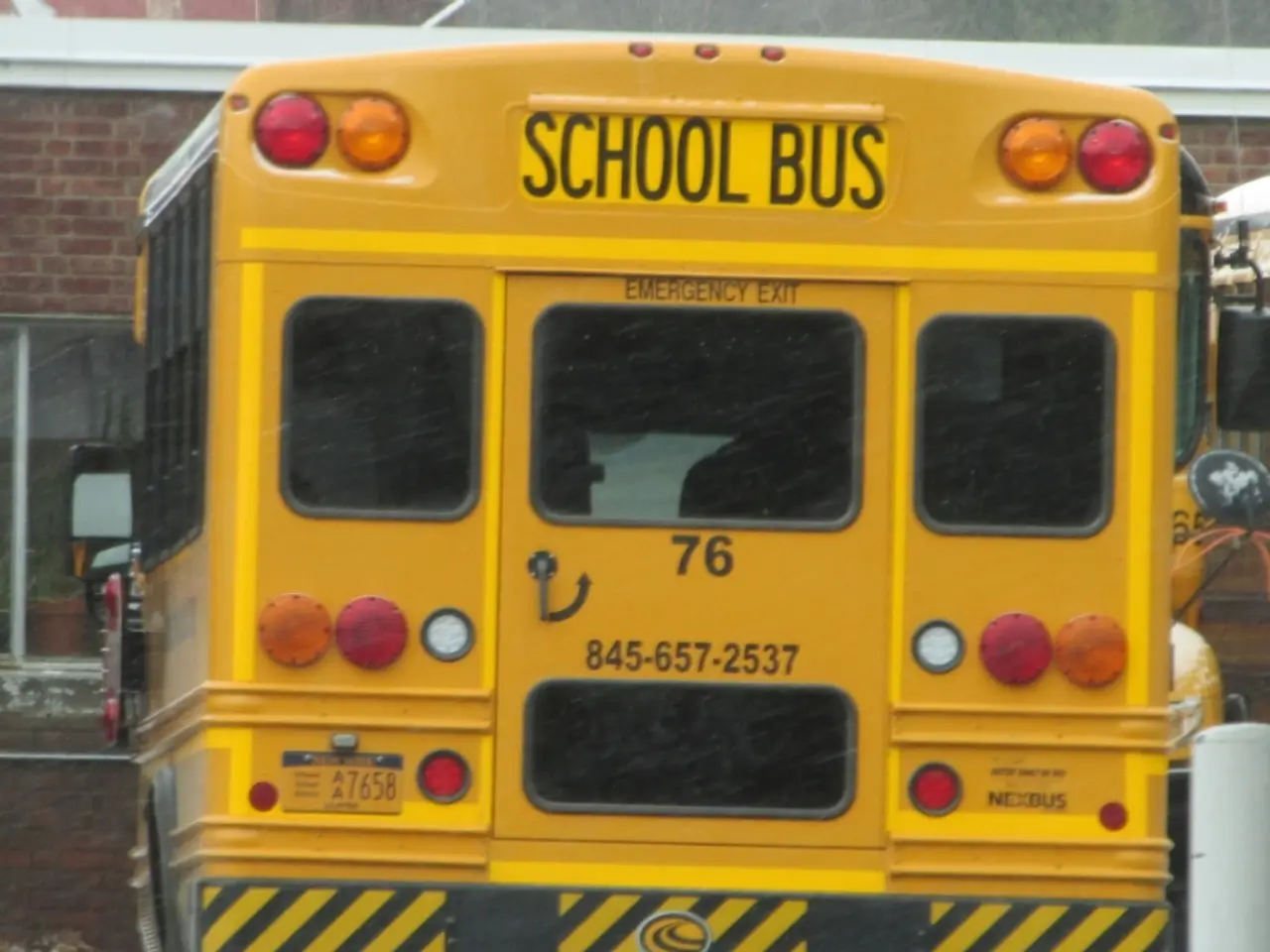Transforming Schools for Special Educational Needs (SEND) Pupils with a £740m Investment?
£740 Million Funding for School Adaptations: A Step Towards Inclusive Education
The UK Government has announced a £740 million funding for school building adaptations in England, with the aim of making schools more accessible for pupils with Special Educational Needs and Disabilities (SEND) [6]. This investment is part of the £6.7 billion of education spending announced in the recent budget [1].
The funding will be used to make classrooms more inclusive and adapt school buildings to better meet accessibility requirements [4]. However, with approximately 24,000 state-funded schools in England, the average investment per school is around £30,000 [1][4]. This amount, while welcome, might not cover the costs of significant adaptations like installing lifts, which can cost over £50,000 to £100,000 or more [2].
For instance, a recent BBC report highlighted the case of Brighouse High School in West Yorkshire, where the Headteacher spent £10,000 on building adaptations, but the school lift remains broken and would cost about £250,000 to fix [7].
The increasing number of SEND pupils, currently over 1.6 million, which is almost 1 in 5 pupils in England [2], imposes growing demand on infrastructure and tailored provisions. Reports and expert commentary have expressed skepticism about whether the £740m funding alone will sufficiently address the extensive accessibility challenges across mainstream schools [3].
However, there is cautious welcome for this funding from both schools and parents, with both groups having been crying out for much-needed investment for many years [5]. The UK Government Education Secretary, Bridget Phillipson, has stated that part of the reforms for SEND pupils would be to enable them to attend a school nearer to where they live [8].
The funding will also be used to create SEN units that will deliver more intensive specialist support [9]. Mark Arnold, Director of Additional Needs Ministry at Urban Saints, has blogged about the potential impact of the £740m funding on SEND pupils [10].
In conclusion, while the funding will enable important adaptations in some schools, its effectiveness is constrained by the high costs of comprehensive accessibility improvements and the scale of demand across England's education system. Further investment and reform will be necessary to ensure full accessibility and inclusion for all SEND pupils.
References:
- BBC News: £6.7bn education spending announced in UK budget
- The Guardian: SEND system is broken, report finds, as parents 'lose hope'
- National Audit Office: Parents Lose Hope As Report Says SEND System Broken
- The Additional Needs Blogfather: £740m for School Building Adaptations in England
- BBC News: £740m for school building adaptations in England
- Gov.uk: £740 million for school building adaptations in England
- BBC News: Headteacher spends £10,000 to fix school lift, but it's still broken
- BBC News: Bridget Phillipson: 'My mission is to make education fair for all'
- Gov.uk: SEND reforms: proposals for change
- Urban Saints: Mark Arnold's blog post on £740m funding for school building adaptations
'This £740 million funding for school building adaptations in England is a significant step towards inclusive education for Special Educational Needs and Disabilities (SEND) pupils, yet, with the extensive accessibility challenges across mainstream schools and the high costs of comprehensive improvements, the funding may not be enough to ensure full accessibility and inclusion for all SEND pupils.'
'With the increasing demand for infrastructure and tailored provisions for SEND pupils, and the growing general news coverage on the need for education-and-self-development reforms, further investment and reform will be necessary to ensure that all SEND pupils have equal opportunities within the education system.'




